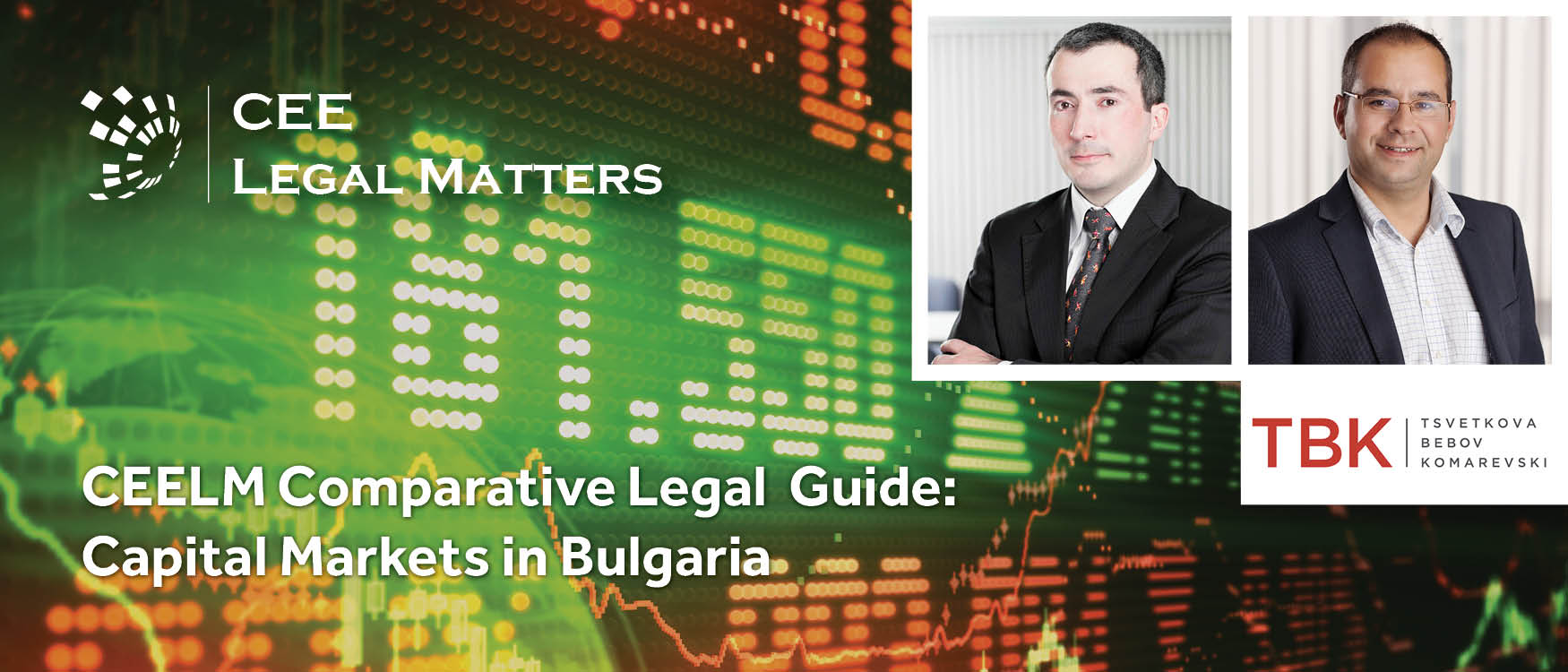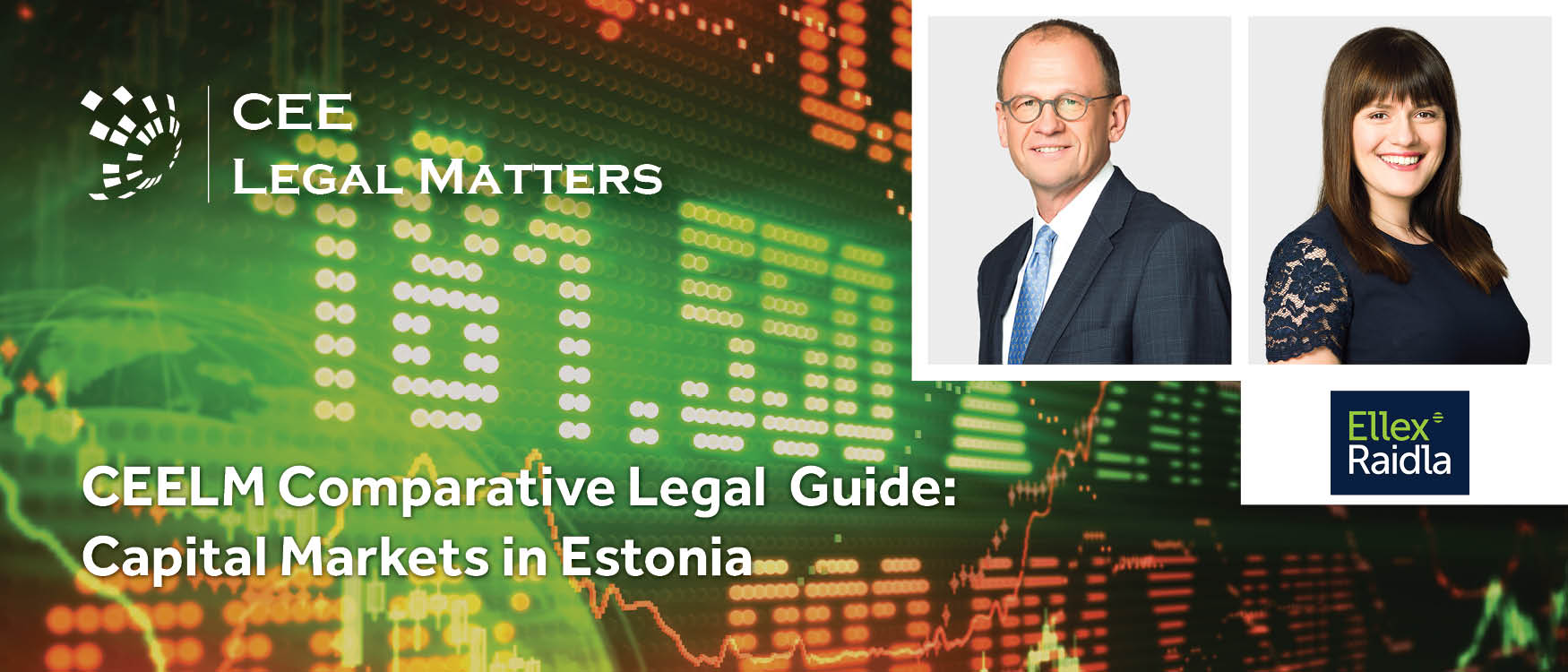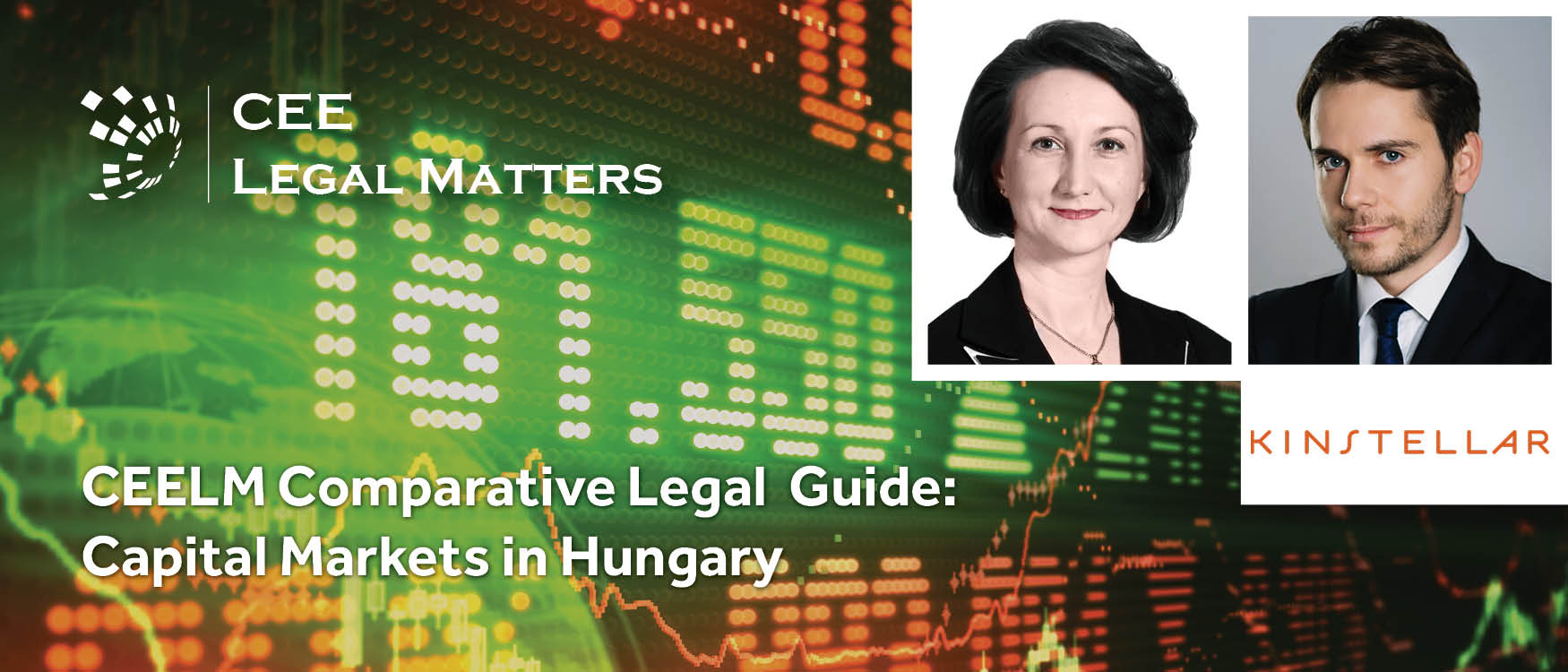Contributed by Weber & Co.
1. Market Overview
1.1. Biggest ECM and DCM transactions over the past 2-3 years
On the DCM side, in the past 2 to 3 years, the biggest DCM transactions consisted of two multi-tranche bond issuances by OMV AG, an integrated oil, gas and polymer company, with EUR 1 bn multi-tranche corporate bonds issued in each of 2018 and 2019, as well as a EUR 1.75 billion multi-tranche corporate bond issued in April 2020. Further, several other issuers issued benchmark size or sub-benchmark size corporate bonds in 2019 and 2020, including, inter alia, CA Immobilien Anlagen Aktiengesellschaft, voestalpine AG, IMMOFINANZ AG.
On the ECM side, in 2020, Swiss-listed but Austrian-based ams AG competed a substantial capital increase in an amount of EUR 1.65 billion, which served for the purpose of partially financing the acquisition of German OSRAM. In view of the Covid-19 pandemic, 62% of shares were placed among investors, whereas 38% were subscribed by the joint bookrunners. The transaction was the first notable ECM issue in Vienna in 2020. In 2019, three initial public offerings (IPOs) took place in Vienna, with Marionomed Biotech AG opening the field for other issuers in February, followed by Frequentis AG and Addiko Bank AG in July 2019.
2. Overview of the local stock exchange and listing segments (markets)
2.1. Regulated market
The Official Market (Amtlicher Handel) of the Vienna Stock Exchange (Wiener Börse) is the only regulated market in Austria in accordance with the Markets in Financial Instruments Directive (Directive 2014/65/EU (MiFID II). The Stock Exchange Act 2018 (Börsegesetz 2018) constitutes the primary framework for the admission of securities to a regulated market in Austria as well as for ongoing obligations of issuers of listed equity and debt instruments.
2.2. Non-regulated market
The Vienna Stock Exchange also operates the Vienna MTF (formerly the Third Market (Dritter Markt)), which is not a regulated market within the meaning of MiFID II but a multilateral trading facility. Securities are usually admitted to trading on the Vienna MTF if securities need to be listed but the extensive governance and disclosure framework applicable to the Official Market should be avoided. The Vienna MTF is governed by the Rules for the Operation of the Vienna MTF of the VSE. Some of the provisions and requirements set forth in the Stock Exchange Act 2018 do not apply to financial instruments traded on the Vienna MTF. However, the key provisions of the Regulation (EU) 596/2014 (Market Abuse Regulation (MAR)) (dissemination of inside information, directors’ dealing reports and maintaining insider lists) apply also for issuers having securities admitted to trading on the Vienna MTF.
3. Key Listing Requirements
3.1. ECM
Official Market:
Any admission to the Official Market requires the publication of an approved prospectus (see below).
For a listing on the Official Market (i.e. a regulated market pursuant to MiFID II) in the standard market segment the minimum period of existence is three years (exceptions apply) and a minimum nominal share capital of EUR 1 million is required. The free float needs to meet 25% of the total nominal value (par value shares) or 25% of the number of shares (par value shares) or 10% held by at least 50 different shareholders. From an accounting perspective, IFRS or internationally-recognized accounting standards for groups or also national standards for single entities must apply.
If issuers target the so-called “prime market” segment of the Vienna Stock Exchange, some further requirements on top of those for the standard market segment apply: a specialist and further market makers need to be appointed, the capitalization of the free float needs to exceed certain thresholds (a minimum of EUR 20 million for free float > 25% or a minimum of EUR 40 million for free float < 25%), publications have to be made in German and English, and the level of compliance with post-issuance on-going requirements is higher.
Vienna MTF:
If no regulated market segment pursuant to MiFID II is required, issuers can also choose the so-called “direct market” or “direct market plus”, both of which are part of the Vienna MTF segment. No prospectus is required for inclusion to trading on the Vienna MTF.
These sub-segments of the Vienna MTF are seen as basic exchange-regulated segments for SME and young companies as an entry segment to capital markets. There are no or only minimum periods of existence (direct market: no minimum period, direct market plus: one year). The minimum share capital for a joint stock corporation is the mandatory minimum for such legal form in Austria, amounting to EUR 70,000. For the direct market plus, the market capitalization has to be approximately EUR 10 million as a minimum and a sufficient share diversification of at least 20 shareholders is requested by the Vienna Stock Exchange.
3.2. DCM
Also in relation to DCM listings, it has to be distinguished between a listing on the Official Market and an inclusion to trading on the Vienna MTF.
The admission of bonds to listing must be applied for by the issuer for the admission segment regulated by law (Official Market) along with a stock exchange member of the Vienna Stock Exchange (i.e., a credit institution being a member of the stock exchange). The minimum issue size for the Official Market is EUR 250,000; there is no such requirement for the Vienna MTF. Bonds are included in trading in the Vienna MTF upon the request of a credit institution, an investment firm, a law firm or the issuer itself.
When an issuance program is admitted to the Vienna Stock Exchange, no separate admission procedures are required for each of the individual bonds. Trading in the bonds may start as quickly as two days after the Vienna Stock Exchange has received the bond terms of the bonds issued under the program.
4. Prospectus Disclosure
4.1. Regulatory regimes (Prospectus Regulation or similar) – equity and debt
Unless a prospectus exemption applies, an issuer will be required to publish an approved prospectus when conducting a public offer of securities in Austria or filing a request for the admission to trading of securities on the regulated market in Austria, namely, on the Official Market.
The key laws applicable to securities offerings in Austria are the Capital Markets Act 2019 (Kapitalmarktgesetz 2019) and the Stock Exchange Act 2018 (Börsegesetz 2018). The Prospectus Regulation (EU) 2017/1129 is the primary source governing the offering of securities, including in particular the prospectus obligation (publication of an approved prospectus for public offers of securities) as well as exemptions from the prospectus obligation. The Capital Markets Act 2019, which replaced the former version of the Austrian Capital Markets Act after the Prospectus Regulation entered into force on 21 July 2019, supplements the Prospectus Regulation and sets out the rules for the public offering of investments in Austria, which requires in principle the publication of an investment prospectus.
The Prospectus Regulation, the Capital Markets Act 2019 and the Stock Exchange Act 2018 are primarily administered and enforced by the Austrian Financial Market Authority (Finanzmarktaufsichtsbehörde - FMA). Any public offer of securities or investments pursuant to the Prospectus Regulation or the Capital Markets Act 2019 is subject to a prospectus publication, either approved by the FMA or passported into Austria. If a listing of securities is sought, the prospectus, along with other documents, has to be filed with the Vienna Stock Exchange which operates the only regulated market in Austria: the Official Market. In addition, any prospectus for an offer of securities in Austria has to be filed with Oesterreichische Kontrollbank AG (OeKB). If the FMA approves a prospectus, the FMA directly procures the filing with OeKB.
4.2. Local market practice
See above.
4.3. Language of the prospectus for local and international offerings
The most common language used for prospectuses is English; however, a prospectus drafted only in German can be used for debt offerings. For ECM market practice will only accept an English prospectus, along with a German language translation of the summary in case Austrian retail investors are also targeted.
5. Prospectus Approval Process
5.1. Competent Regulator
The competent regulator for prospectuses in Austria is the Austrian Financial Market Authority (Finanzmarktaufsichtsbehörde - FMA).
5.2. Timelime, number of draft submissions, review and approval process
To commence a public offer, a prospectus must be drawn up in accordance with the Prospectus Regulation (public offer of securities) or the Capital Markets Act 2019 (public offer of investments), and filed with the FMA for approval.
The FMA must notify the issuer, the offeror or the entity asking for admission to trading on a regulated market, as the case may be, of its decision regarding the approval of the prospectus within ten banking days of the filing of the prospectus. This time limit is reduced to five working days for a prospectus drawn up by frequent issuers referred to in Article 9, Paragraph 11 of the Prospectus Regulation. An extended review period of 20 banking days applies if the issuer’s securities have not yet been admitted to trading on a regulated market. Usually, the first version submitted to the FMA is not complete and still includes placeholders for missing parts and information. The FMA provides comments on the submitted prospectus at the end of the review period. In such case, the issuer adds further missing information, addresses the FMA’s comments and re-submits an amended prospectus version to the FMA. After that, the FMA again reverts within the respective review period. The review period of ten or twenty banking days applies to each prospectus version submitted. Accordingly, it is common practice to have several review rounds for debt prospectuses and even more for prospectuses for equity offerings.
Once approved, the prospectus must be published as soon as practicable, at least prior to the commencement of the offering. The publication may, inter alia, be undertaken electronically on the website of the issuer. Subsequent to the approval, the prospectus must also be provided to the Oesterreichische Kontrollbank AG (OeKB) as the registration office. The issuer must notify the New Issue Calendar (Emissionskalender) maintained by the OeKB for statistical purposes prior to commencement of the offering.
In practice, issuers usually file a preliminary prospectus without the final price and the final volume of securities offered as this information can be provided only after completion of the book-building process. The book-building process starts with investors submitting bids for purchasing the securities at prices that must be within a pre-defined offer price range or maximum limit. At the same time, marketing activities are usually undertaken by the issuer and the underwriters (eg, press conferences, road shows or advertising). The offer price is usually determined after the book-building phase. Finally, the issuer is obliged to file and publish a supplement to the preliminary prospectus including the final offer price, the gross proceeds as well as the net proceeds of the issues.
Sales of securities in a public offering are usually settled through a clearing system. The settlement process, whereby securities are delivered, usually against payment, is subject to the rules and procedures of the respective clearing system. In most issues, individual certification of the security is excluded. Therefore, global certificates are deposited with a securities clearing bank (e.g. Oesterreichische Kontrollbank AG). In certain cases, temporary and permanent global notes are used.
6. Listing Process
6.1. Timeline, process with the stock exchange
An application to list securities to the Official Market or to include the securities in trading on the Vienna MTF has to be filed with the Vienna Stock Exchange. For a listing on the Official Market the application for admission to listing of securities or of an issue programme must be made in writing by the issuer and signed by an exchange member of the Vienna Stock Exchange. The issuer must state, among other things, the type and denomination of the securities as well as the total amount of the issue to be admitted by stating the nominal value or in the case of no-par value securities, the expected market value and the number of securities. In the case of an application for admission to listing of an issue programme, the total amount of the maximum issue volume stated in the prospectus shall refer to all potential non-dividend paying securities. The filing with the Vienna Stock Exchange must be accompanied by, inter alia, the approved prospectus, an excerpt from the companies’ register relating to the issuer not older than four weeks and proof of any other legal requirements for the issue of securities (eg, corporate resolutions).
The issuer and the Vienna Stock Exchange usually agree on the date of the public listing. The Vienna Stock Exchange is obliged to reach a decision on applications for admission of securities within ten weeks after submission.
7. Corporate Governance
7.1. Corporate governance code / rules (INED, board and supervisory composition, committees)
7.1.1. ACGC
The Austrian Corporate Governance Code (ACGC) was published by the Austrian Working Group on Corporate Governance, a group of private organizations and individuals in 2002 and was amended most recently in January 2020. The ACGC primarily applies to Austrian stock market-listed companies that undertake to adhere to its principles. The ACGC is based on statutory provisions of Austrian corporate law, securities law and capital markets law (“Legal Requirements”, “L Rules”), which must be complied with. In addition, the ACGC contains rules considered to be a part of common international practice, such as the principles set out in the OECD Principles of Corporate Governance and the recommendations of the European Commission. Rules an issuer should comply with are so-called “Comply or Explain” rules (“C Rules”); reasons and explanations for deviations from C Rules must be provided in order to ensure compliance with the ACGC. In addition, the ACGC provides for voluntary rules seen as recommendations only, deviations of which do not require explanations (“Recommendation”, “R Rules”).
7.1.2. Management Board
As to the composition of the management board (Vorstand), which handles the day-to-day management of an Austrian joint stock company, the ACGC foresees that the management board shall be made up of several persons, with one member acting as the chairperson of the management board. Internal rules of procedure of the management board shall define
the distribution of responsibilities and the mode of cooperation between management board members.
The management board shall provide the supervisory board periodically and in a timely manner with comprehensive information on all relevant issues of business developments including an assessment of the risk situation and the risk management in place at the company and at group companies in which it has major shareholdings. If an event of major significance occurs, the management board shall immediately inform the chairperson of the supervisory board; furthermore, the supervisory board shall be immediately informed of any circumstances that may have a material impact on the profitability or liquidity of the company (special report). Ensuring that the supervisory board is supplied with sufficient information is a joint task of the management board and the supervisory board. Members of the boards and the staff members involved are obliged to maintain strict confidentiality.
The management board shall agree on the strategic direction of the company with the supervisory board and shall periodically discuss the progress made on implementing the strategy.
7.1.3. Supervisory Board
The supervisory board (Aufsichtsrat) of an Austrian joint stock company is responsible for overseeing the management board and shall provide support to the management board in governing the enterprise and, in particular, shall assist in making decisions of fundamental significance. The supervisory board appoints the members of the management board and has the right to terminate their employment. The supervisory board shall set up expert committees from among its members depending on the specific circumstances of the enterprise and the number of supervisory board members. These committees shall serve to improve the efficiency of the work of the supervisory board and shall deal with complex issues. However, the supervisory board may discuss the issues of the committees with the entire supervisory board at its discretion. An audit committee must be set up. At least one person with special knowledge meeting the company’s requirements and practical experience in the area of finance and accounting and reporting must belong to the audit committee (financial expert). The chairperson of the audit committee or financial expert may not be a person who in the past three years has served as a member of the management board or has discharged managerial duties or has served as auditor of the company or has signed an auditor’s opinion or who is not independent and free of prejudice for any other reason. The audit committee shall be responsible for monitoring the accounting process and or monitoring the efficacy of the internal control and risk management system, the independence and the activities of the auditor of the financial statements as well as for the approval of non-audit services.
7.3. Any other ESG considerations
Not applicable.
8. Documentation and Other Process Matters
8.1. Over-allotment (greenshoe or brownshoe structure)
Price stabilisation in connection with an offering of securities, for example, by means of overallotment or the exercise of greenshoe options, may contravene the restrictions on market manipulation set forth in the Market Abuse Regulation 2014/596/EU (MAR). Pursuant to Article 5 of the MAR, price stabilization is permitted provided that such stabilization measures are carried out in accordance with Commission Regulation (EU) 1052/2016 with regard to Regulatory Technical Standards (the RTS Regulation). To benefit from the exemption under the RTS Regulation, some key obligations have to be complied with.
Issuers, offerors or entities undertaking stabilization have to notify details of all stabilization transactions to the competent authority of the relevant market no later than the end of the seventh daily market session following the date of execution of such transaction. Within one week of the end of the stabilization period, issuers, offerors or entities undertaking stabilization have to adequately publicly disclose the following: whether stabilization was undertaken; the date at which stabilization started; the date at which stabilization last occurred; the price range within which stabilization was carried out, for each of the dates during which stabilization transactions were carried out; and the trading venues on which the stabilization transactions were carried out, where applicable.
When conducting stabilization measures and exercising an overallotment facility or green shoe option outside the permitted frame of the RTS Regulation, although the European Securities and Markets Authority has indicated that stabilization will not necessarily be regarded as abusive solely because it falls outside the MAR and the RTS Regulation, a risk remains that the Financial Market Authority will consider those measures as market manipulation. This may lead to criminal sanctions, or administrative fines of up to €5 million or up to three times the amount of the benefit gained, taking into account any losses avoided due to the infringement committed, provided that benefit can be expressed in figures.
8.2. Stock lending agreement – whether it is used and whether there are any issues (tax, takeover directive)
Stock lending transactions are considered to be transfers of ownership of the underlying securities. Therefore, any transfer of shares by means of stock lending transactions is subject to reporting requirements provided for in terms of major shareholding disclosure as well as potential takeover law implications of any share transfer.
8.3. Stabilisation – whether allowed and on what terms (MAR, local regimes)
See above.
9. Ongoing Reporting Obligations (Life as a Public Company)
Upon listing on the Official Market of the Vienna Stock Exchange, issuers become subject to ongoing reporting requirements set forth in the Stock Exchange Act 2018. Provisions on the reporting obligations are harmonised as a result of the implementation of Directive 2004/109/EC as amended by Directive 2013/50/EU (Transparency Directive), including major shareholding disclosure, ad hoc disclosure and mandatory publications of financial information.
Further, in case of admission of securities to trading on the Vienna multilateral trading facility (MTF), the issuer will become subject to key Market Abuse Regulation 2014/596/EU provisions (dissemination of inside information, directors’ dealing reports, maintaining of insider lists, prohibition of market manipulation and prohibition of insider dealing and of unlawful disclosure of inside information) if he has submitted an application for inclusion in trading of the financial instrument or has approved it.
9.1. Annual and interim financials
Issuers of debt and equity securities must disclose annual financial statements no later than four months after the close of the financial year and half-year reports no later than three months after the close of the reporting period, and shall ensure that this report is available to the public for at least 10 years. Moreover, issuers whose shares are listed in the Vienna Stock Exchange’s prime market segment must publish their half-year report no later than two months after the close of the reporting period. Since February 2019, companies listed on the Vienna Stock Exchange’s prime market segment may choose whether to publish quarterly reports for the first and third quarters and in what form.
Annual financial reports for financial years starting from 1 January 2020 are required to be published in the European Single Electronic Format. An overview about the planned process for the acceptance of the technical standards on the reporting format in which issuers should prepare their annual financial reports is currently provided by the draft Regulatory Technical Standards (RTS).
9.2. Ad hoc disclosures
Pursuant to Article 17 of the Market Abuse Regulation (Regulation 2014/596/EU), issuers of financial instruments shall inform the public as soon as possible of inside information that directly concerns that issuer. Inside Information according to Article 7 of the Market Abuse Regulation is any information of a precise nature, which has not been made public, relating, directly or indirectly, to one or more issuers or to one or more financial instruments, and which, if it were made public, would be likely to have a significant effect on the prices of those financial instruments or on the price of related derivative financial instruments.
The issuer must ensure that the inside information is made public in a manner that enables fast access and complete, correct and timely assessment of the information by the public and, where applicable, in the officially appointed mechanism referred to in Article 21 of Directive 2013/50/EU. The issuer shall not combine the disclosure of inside information to the public with the marketing of its activities. The issuer shall post and maintain on its website for a period of at least five years, all inside information it is required to disclose publicly.
Inside information has to be disclosed ad hoc with the intention of an EU-wide distribution via certain channels, including Reuters, Bloomberg and Dow Jones Newswire. Any major changes with respect to inside information, which has already been disclosed, must be disseminated immediately after any such change takes place.
In certain cases, an issuer possessing inside information is entitled to postpone the ad-hoc disclosure to protect its justified interests. Issuers are permitted to delay disclosure of inside information to protect their legitimate interests, as long as the public is not misled and confidentiality can be maintained (Article 17 para 4 of the Market Abuse Regulation). In such case, the issuer is obliged to ensure confidentiality. The FMA has to be notified immediately after the disclosure of inside information via email. To preserve the stability of the financial system, an issuer that is a credit institution or a financial institution, may, on its own responsibility, delay the public disclosure of inside information, under certain circumstances.
























